Case Report: 09CA002
Construction laborer dies after being crushed under a concrete patio foundation
Download a PDF to print this report:
Construction laborer dies after being crushed under a concrete patio foundation (09CA002, PDF)
Summary
A 32-year-old Hispanic construction laborer died after being crushed under a concrete patio foundation. The victim was performing an excavation under a concrete patio foundation when it collapsed on him. The concrete patio foundation that fell on the victim was not part of the building foundation and was not supported to prevent it from falling. There was no competent person at the work site to evaluate the excavation being done by the victim and his co-worker. The workers had not received formal training on trenching and excavation. The CA/FACE investigator determined that, in order to prevent future incidents, employers with construction laborers who work in trenches or excavations should ensure that:
- Protective systems are in place before employees place themselves under any object that has been undermined as part of an excavation.
- A competent person is at the work site to identify existing or potential hazards and to take immediate corrective action if such hazards are identified.
- Construction laborers have a thorough understanding of the risk of collapse of unsupported structures before entering an excavation.
Introduction
On Monday, April 27, 2009, at approximately 2:00 p.m., a 32-year-old Hispanic construction laborer died when he was crushed underneath a concrete patio foundation. The victim was excavating the soil to expose an apartment building foundation for waterproofing when the incident occurred. The CA/FACE investigator was notified of this incident on April 28, 2009, by the Santa Ana District Office of the Division of Occupational Safety and Health (Cal/OSHA). On April 29, 2009, the CA/FACE investigator inspected the incident site and interviewed the apartment building manager and custodian, a resident of the building who heard the incident, and an employee of the waterproofing company that employed the victim. Photographs were obtained of the excavation site and concrete patio slab that fell on the victim. On May 1, 2009, the CA/FACE investigator interviewed the co-worker of the victim and the manager of the waterproofing company. On May 20, 2009, the manager of the management company that provided administrative and safety services to the waterproofing company was interviewed by telephone. The CA/FACE investigator reviewed the Injury and Illness Prevention Program (IIPP) from the waterproofing company, the death certificate from the Orange County Health Care Agency, and a written witness statement by the victim's co-worker.
Employer
The employer of the victim had been in business for approximately 3½ years and had 15 employees. There were four employees at the site on the day the incident occurred.
Written Safety Programs and Training
The employer had a written IIPP. There was no evidence that the victim had received any safety training prior to or during his employment.
Worker Information
The victim was born in Mexico and had been in the United States for 25 years. The victim had a high school education and spoke fluent English. He had been employed with the waterproofing company for four months. It is not known whether the victim had any prior experience with excavation and trenching.
Investigation
On the day of the incident, the victim and his co-worker were excavating soil around the perimeter of an apartment building to expose the foundation for waterproofing. The northeast corner of the building had a patio deck with a foundation measuring approximately three feet by five feet. The patio foundation was separate from the apartment building foundation. The victim and his co-worker had been instructed that morning by their supervisor to continue excavating the soil around the perimeter of the building foundation. At approximately 2:30 p.m., the victim was on his knees under the patio concrete deck using an electric chisel to break away compacted soil against the patio foundation. His co-worker was removing the loosened soil with a shovel. The depth of the excavation at this location was approximately six feet, and it was not shored or sloped. As the co-worker stepped back from the excavation, he witnessed the patio concrete fall on the victim and trap him underneath. A tenant in the building who heard the incident called emergency response. The area was excavated in order to reach the victim. The victim was declared dead at the incident scene.
Cause of Death
The cause of death according to the death certificate was mechanical asphyxia caused by compression of the torso from a large concrete block.
Recommendations / Discussion
Employers with construction laborers who work in trenches or excavations should ensure that:
Recommendation #1: Protective systems are in place before employees place themselves under any object that has been undermined as part of an excavation.
Discussion: In this incident, the victim was removing soil under a heavy object (patio deck) that was not supported to prevent collapse after it was undermined. When an excavation undermines the stability of a heavy structure, support systems such as bracing or underpinning should be used to ensure the stability of that structure to prevent collapse. These safety devices should be at the work site and placed under the structure when undermining occurs. Had such bracing or underpinning been in place at the time of the foundation excavation, the concrete deck would not have collapsed and pinned the victim underneath. Although it was not a factor in the victims death, trenches greater than 5 feet deep should be shored, benched or sloped.
Recommendation #2: A competent person is on the work site to identify existing or potential hazards and to take immediate corrective action if such hazards are identified.
Discussion: In this incident, the victim and co-worker were excavating soil and undermined a concrete slab, thereby creating the risk of collapse and serious injury or death. Neither the co-worker nor victim appeared to be aware of the hazard posed by the undermining of the concrete deck, and were not advised that bracing or underpinning was necessary for undermining excavations. In bracing or underpinning was necessary for trenches or excavations greater then five feet. In all circumstances when employees are required to work in trenches deeper than 5 feet or in undermining excavations, a competent person is required to be onsite. A competent person is a person who has:
- Knowledge of all safety requirements pertaining to excavations, trenches, and earthwork.
- Knowledge of the soil analysis of the work site.
- Knowledge and use of protective systems.
- The authority to take prompt corrective action on the job as conditions warrant.
A competent person must also inspect the trench and protective systems daily before the start of work and throughout the day as conditions change. In this incident, there was no one responsible for inspecting the excavation site and ensuring that the job was done safely. Had a competent person been present at the time of this incident, the hazard may have been identified and the excavation performed only after appropriate bracing or underpinning, as well as other required excavation protections, were in place.
Recommendation #3: Construction laborers have a thorough understanding of the risk of collapse of unsupported structures before entering an excavation.
Discussion: In this incident, the victim had not been provided with training about excavation and trenching hazards and appropriate procedures to follow to work safely. It is not likely that the victim or his co-worker recognized the hazard of excavating beneath a concrete slab that was not supported or tied into the existing foundation. Before an employer assigns employees to perform an excavation, each employee should be trained in hazard recognition including the risk of collapse of unsupported structures and/or trenches. Such training should be conducted prior to beginning the job, and safety updates (tailgate trainings) provided at the beginning of each work shift. Employees should be instructed to cease work if they identify an unsafe condition, and immediately notify the supervisor (or designated competent person) to take corrective action. If the victim had been provided with such training, he may have recognized the risk of collapse of the concrete deck and stopped work until the hazard was abated.
Exhibits
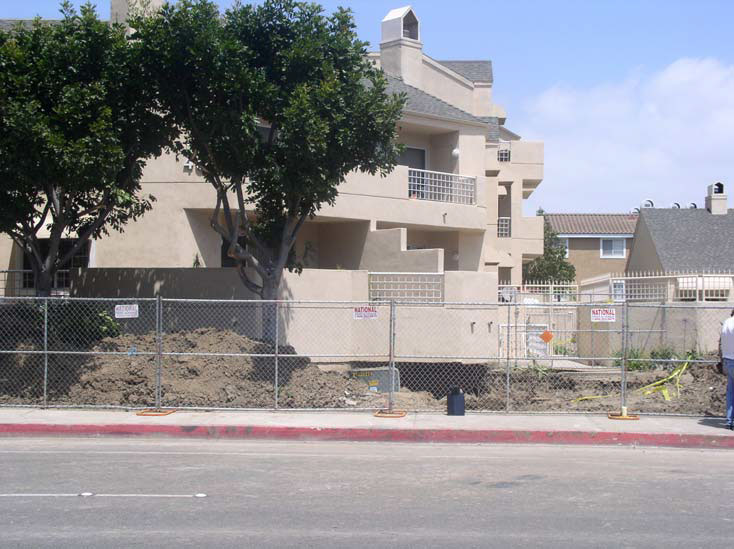
Exhibit 1. The apartment complex where the incident occurred.
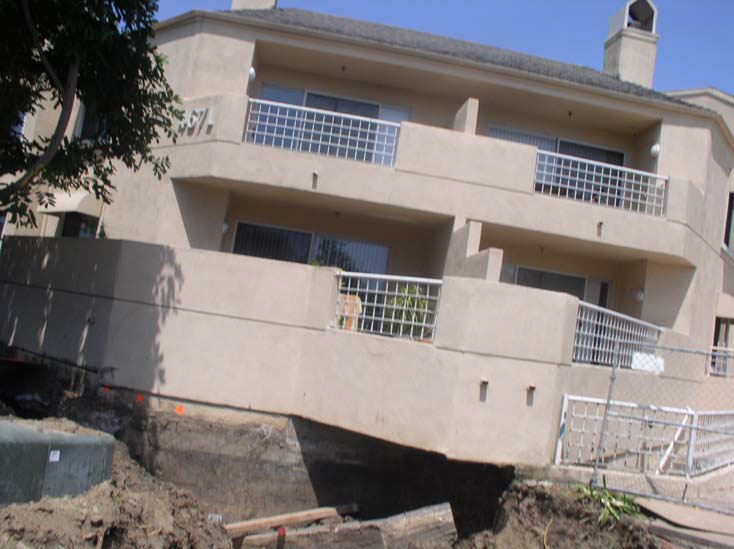
Exhibit 2. The two apartment patios affected by the excavation.
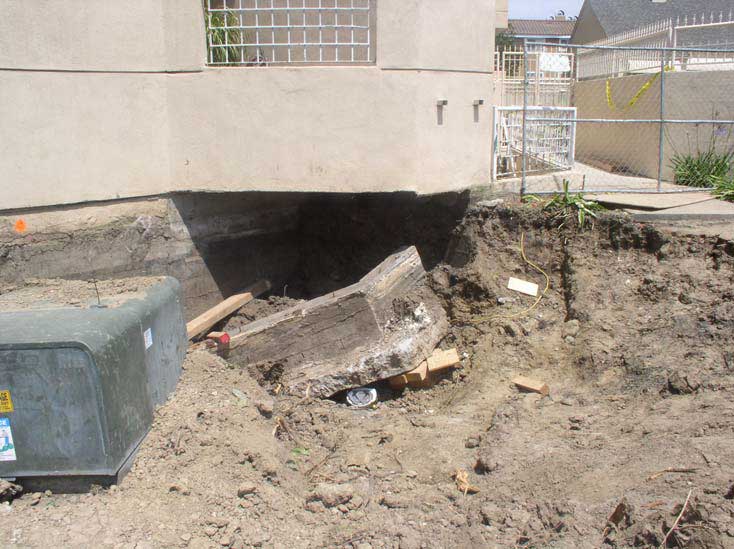
Exhibit 3. The incident scene.
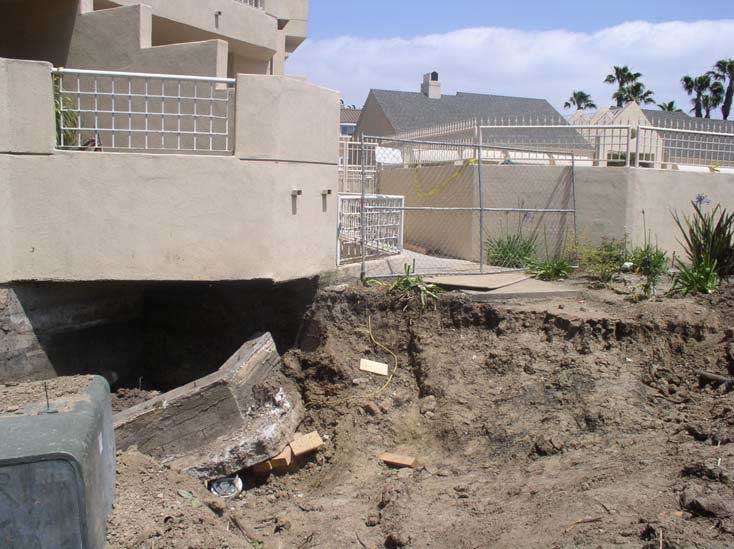
Exhibit 4. An alternate view of the incident scene.
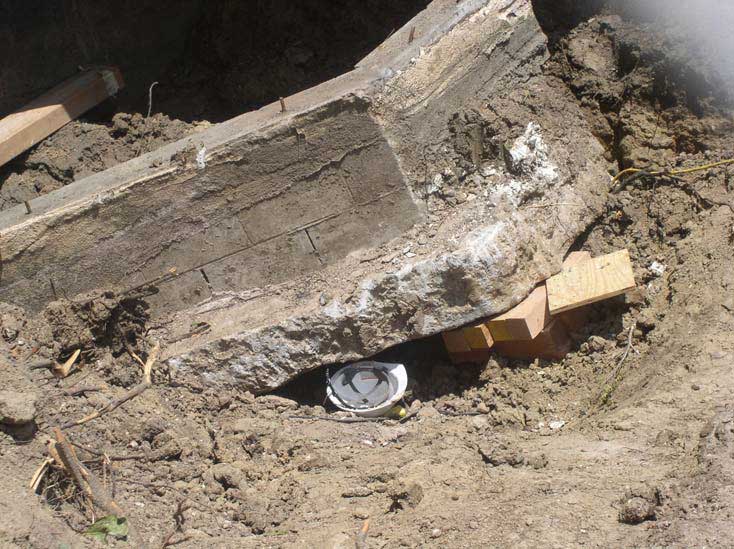
Exhibit 5. The concrete slab that fell on the victim.
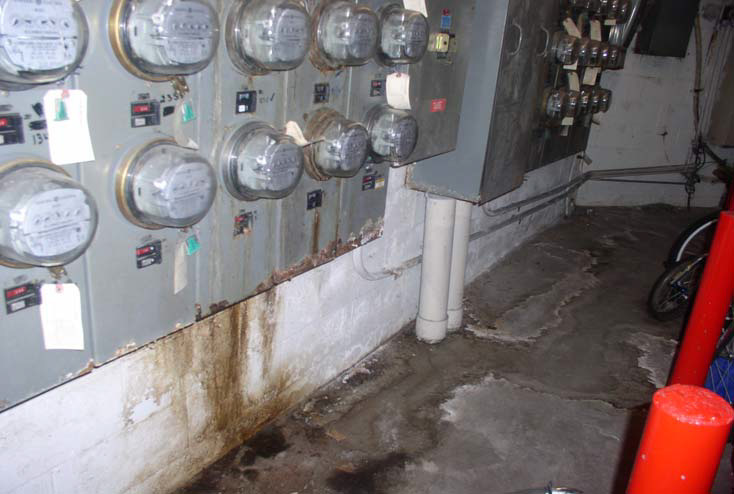
Exhibit 6. The water damage inside the apartment complex that warranted the waterproofing.
References
Division of Occupational Safety and Health - Title 8 regulations Chapter 4. Division of Industrial Safety Subchapter 4. Construction Safety Orders Article 3. General §1509. Injury and Illness Prevention Program. Article 6. Excavations §1540. Excavations. §1541. General Requirements
Tailgate/Toolbox Topics: Trenching Safety (PDF) - California Department of Industrial Relations (Cal/OSHA)
Authors
Hank Cierpich, FACE Investigator
Robert Harrison, MD, MPH, FACE Project Officer
Laura Styles, MPH, Research Scientist
August 26, 2009